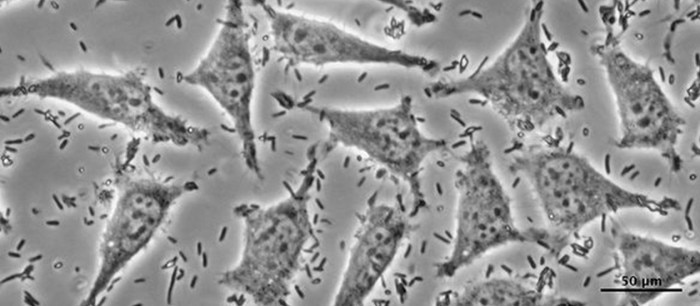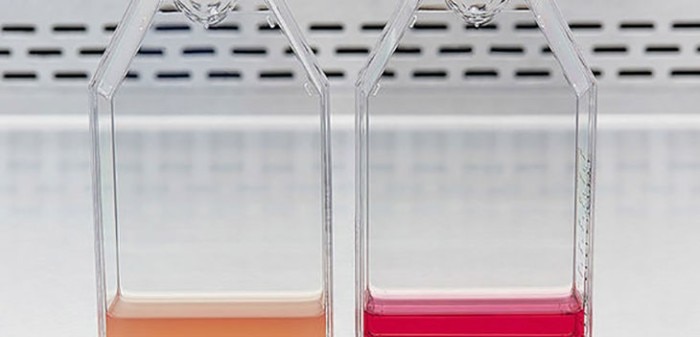MENU
CH | CHF
-
-
-
- Services pour bioprocédés
- Services pour centrifugeuse et rotors
- Services pour Mastercycler
- Services pour automates de pipetage
- Services pour congélateurs
- Services pour incubateurs
- Services pour agitateurs
- Services pour appareils de photométrie
- Service de contrôle de la température et de l’agitation
- Service pour pipette
-
-
-
-
- Services pour bioprocédés
- Services pour centrifugeuse et rotors
- Services pour Mastercycler
- Services pour automates de pipetage
- Services pour congélateurs
- Services pour incubateurs
- Services pour agitateurs
- Services pour appareils de photométrie
- Service de contrôle de la température et de l’agitation
- Service pour pipette
-
CH | CHF
-
- Centrifugeuses de paillasse
- Centrifugeuses au sol
- Centrifugeuses réfrigérées
- Microcentrifugeuses
- Centrifugeuses multi-fonctions
- Centrifugeuses haute vitesse
- Ultracentrifugeuses
- Concentrateur
- Produits IVD
- High-Speed and Ultracentrifuge Consumables
- Tubes de centrifugeuse
- Plaques de centrifugeuse
- Gestion des appareils
- Gestion des échantillons et des informations
-
- Pipetage manuel & distribution
- Pipettes mécaniques
- Pipettes électroniques
- Pipettes multicanaux
- Distributeurs et pipettes à déplacement positif
- Automates de pipetage
- Distributeurs sur flacon
- Auxiliaires de pipetage
- Pointes de pipette
- Consommables d’automatisation
- Accessoires pour pipettes et distributeurs
- Accessoires d’automatisation
- Services pour pipettes et distributeurs
Sorry, we couldn't find anything on our website containing your search term.

How to recognize bacterial contamination in your cell culture
Lab Academy
- Biologie cellulaire
- Culture cellulaire
- Contamination
- Incubateurs à CO2
- Consommables pour culture cellulaire
- Test
This article was published first in "Inside Cell Culture" , the monthly newsletter for cell culture professionals. Find more interesting articles about CO2 incubators on our page "FAQs and material on CO2 incubators" .
Macroscopic detection
- Increased turbidity of culture medium, medium appears cloudy.
- If medium contains phenol red as pH indicator, a rapid color change to yellow indicates a sudden decrease in pH
Lire moins

Culture media contaminated with bacteria (left) appear turbid and yellow whereas non-contaminated media (right) appear clear and red.
Microscopic detection
Bacteria are much smaller than eukaryotic cells. They appear as dark rod-like structures, spheres or spiral structures under the microscope, and they may exist as single cells, in pairs, chains, or clusters.Bacteria can be visualized using phase contrast and 100x - 400x magnification. Phase contrast facilitates detection, especially at low contamination levels.
Lire moins

Common shapes of bacteria: rod (bacillus), spherical (coccus), and spiral (spirilla).
Moving bacteria in cell culture
Lire moins
Videos not loading, because cookies have been rejected. Change your

Some bacteria show active movement. You are not sure whether what you see in your culture are cell debris or bacterial contamination? Try to focus on one of the potential contaminants and follow it with your eyes. Cell debris or any precipitates from the medium will only fidget but mostly stay in the same place. Some bacterial strains will actively move away from their current position.
Low levels of non-moving bacteria with round shapes are especially difficult to distinguish from any harmless particles fidgeting between the cells. In this case, only time can bring certainty: without antibiotics the number of particles will increase overnight if a contamination is present. If no increase occurs without antibiotics, most likely harmless debris or precipitates are at fault.
Low levels of non-moving bacteria with round shapes are especially difficult to distinguish from any harmless particles fidgeting between the cells. In this case, only time can bring certainty: without antibiotics the number of particles will increase overnight if a contamination is present. If no increase occurs without antibiotics, most likely harmless debris or precipitates are at fault.
Lire moins


